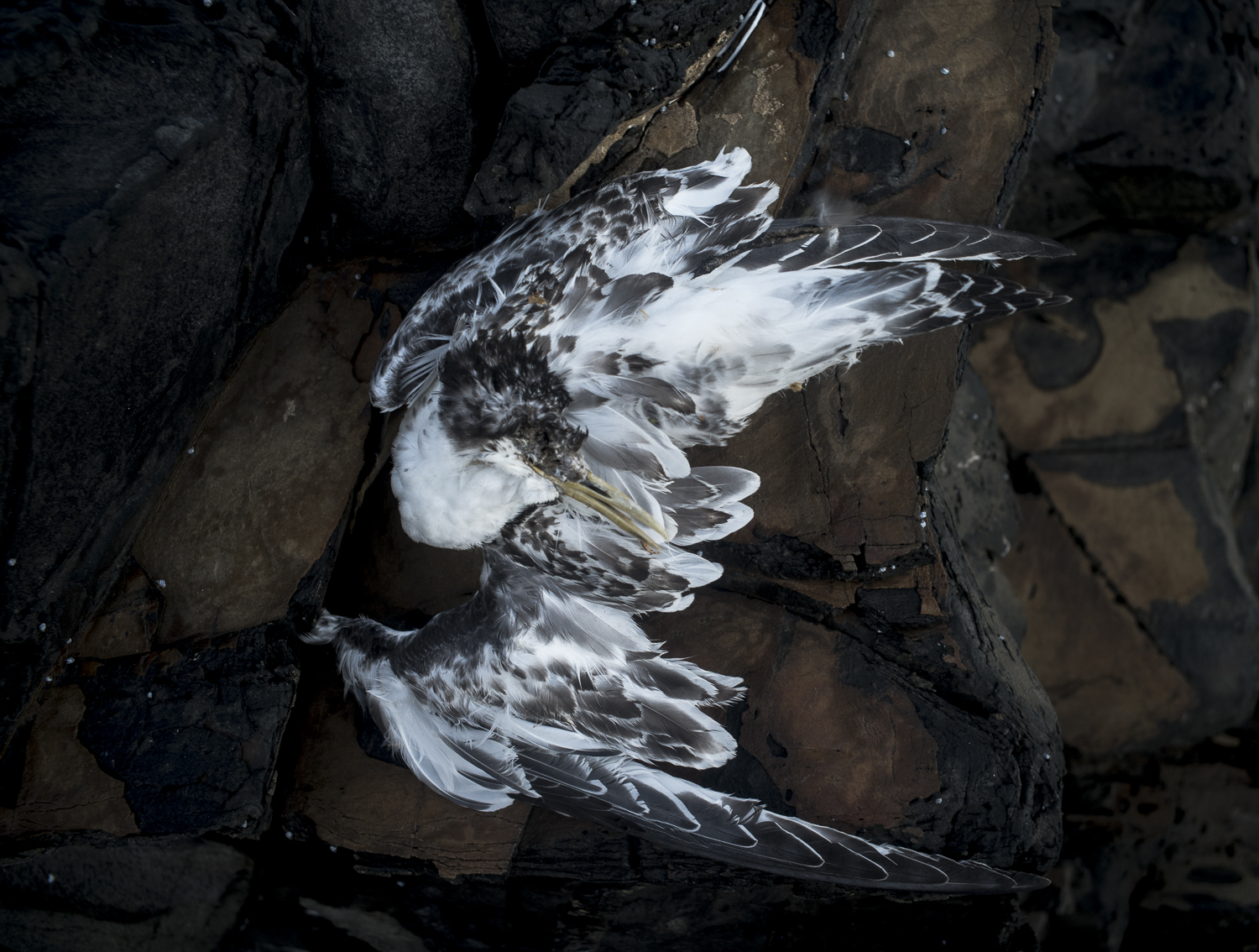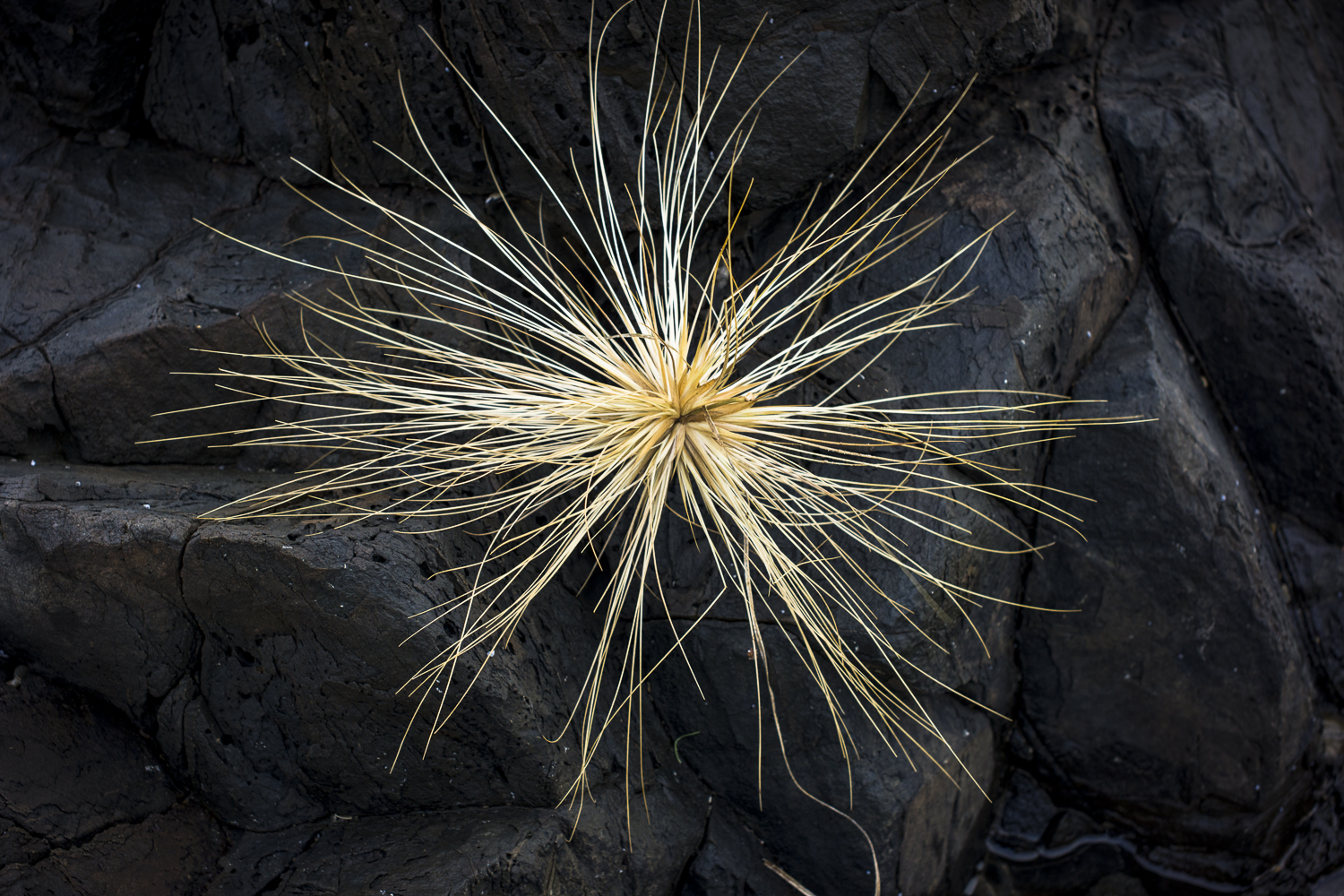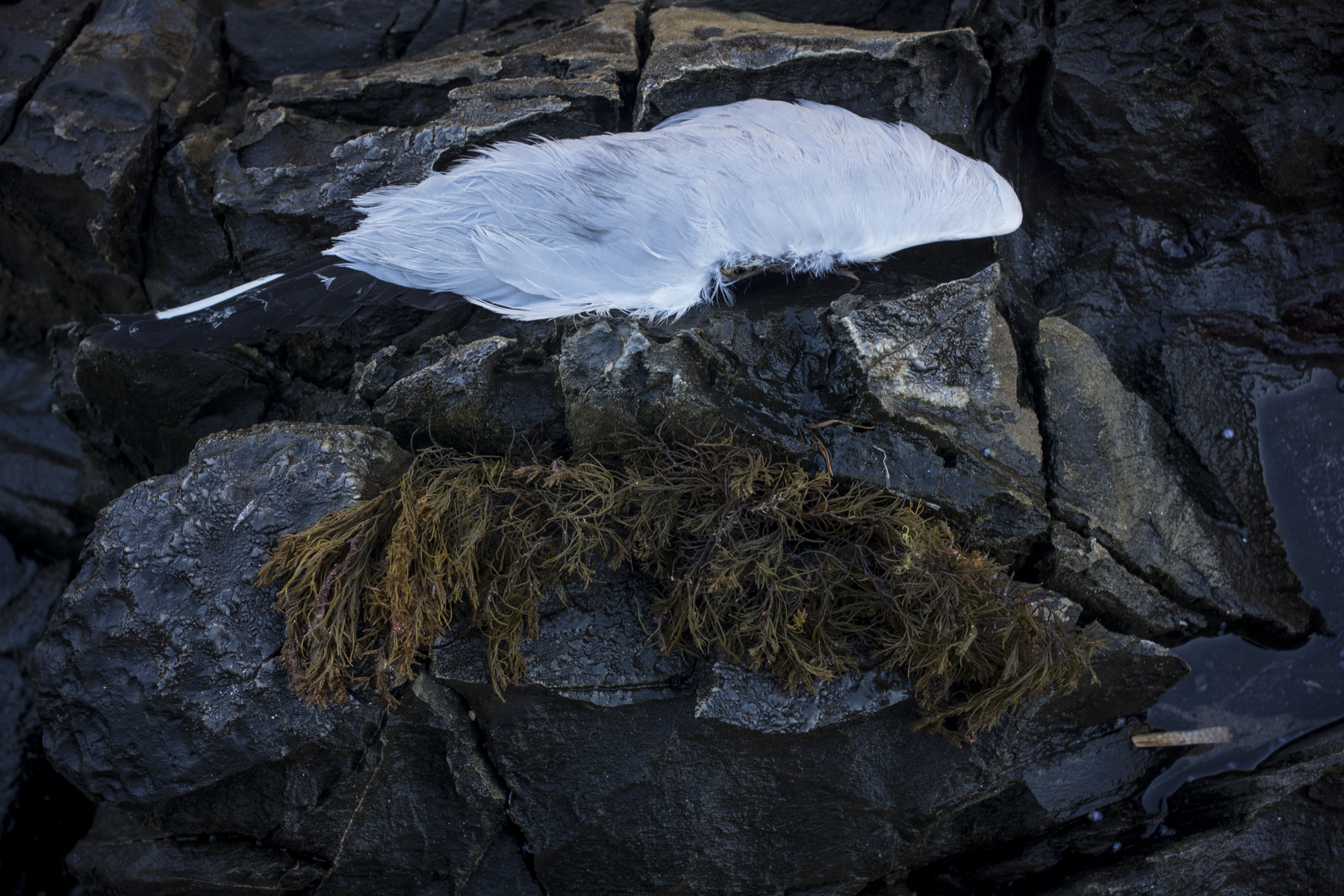We now have bush-fires in the Inman Valley, or more specifically, in the hills east of Yankalilla in the southern Fleurieu Peninsula of South Australia. As mentioned in an earlier post there has been little to no rainful in South Australia this year, so the land is very dry; dry to the point of being parched. Bush fires make the permanent impermanent. and evoke a pathos or heartbreaking.
We have experienced some sustained heat during these last few days in April, (Sunday 8th—Tuesday 10th inclusive): the temperatures have been around 34 degrees C on the coast along with the hot and dry northwesterly winds. These bush fire conditions are unusual for this time of the year, as these are summer temperatures and conditions.

In these conditions Kayla and I need to start walking in the morning before sunrise. We try to take advantage of the early morning cloud cover that sits along the coast,. Cloud cover is important as it gives me greater leeway to photograph the ephemeral and the melancholy of the fleeting moment.
The cloud cover starts to break up around 8am and it has disappeared by 9am as we are finishing our breakfast. The wind usually picks up between these two times. The days are then very bright and sunny, and there has been little cloud cover during the late afternoon walks with Maleko.

We long for a change to some cooler weather that brings some rain from the south west. Rain at this stage of autumn means life and renewal after the long dry summer months.
When I start to become bored with walking the same places around Victor Harbor–which is what I do— I make a conscious effort to not focus on the shortcomings of the place, but rather on the possibilities. The latter exist because the moments are never the same so there is alway something different to explore.
This places the emphasis on impermanence or the transience of things and the walking cultivates a sensitivity to the transience of all things and it evokes a sadness sadness at their passing. This is the Japanese idea of mono no aware with its sense of the beauty of imperfection, impermanence, and shadow.

